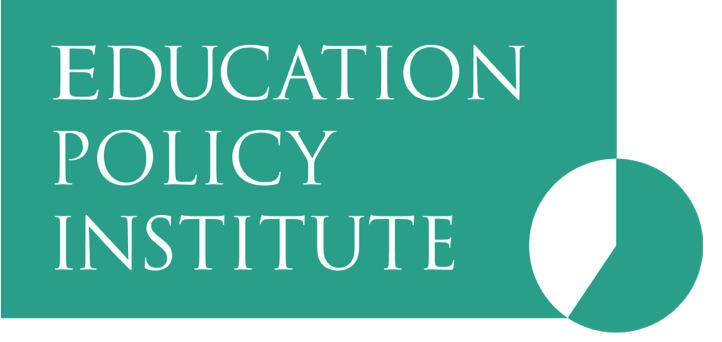In the first blog in this series, we examined the relative GCSE English and maths attainment of pupils with additional needs – those with Special Educational Needs and Disabilities (SEND) and those who speak English as an Additional Language (EAL) in 2020 and broke our findings down by ethnicity. In the second blog, we then zoomed in on pupils with SEND and extended our analysis of pandemic GCSE results to show how attainment differed or was similar for pupils of different ethnicities whose schools made additional provision for SEND, and those whose schools did not offer that provision.
The key conclusions we have discussed so far are as follows:
- In 2020, the largest attainment gaps for pupils who speak EAL were similar in size to the largest SEND attainment gaps. Yet there is almost no education policy for children who speak EAL.
- Most ethnic groups among pupils who speak EAL and arrived during Years 7-9 or Years 10-11, had attainment below the national median in GCSE English and maths.
- Pupils with SEND with 6+ years of School Support had similarly low GCSE results to pupils with EHCPs, who receive greater support for their needs and the protection of a statutory plan.
- This suggests that this ‘shadow EHCP’ group of pupils, with 6+ years of School Support but no EHCP, may need better support, particularly at and after the transition to secondary school.
- Our analysis found a range of positive effects for pupils with SEND of attending a school with additional provision. Some of these were more concentrated among ethnic groups with low attainment, making them even more valuable from an equity perspective.
- Effects of additional provision were largest for pupils with EHCPs (with the greatest needs) but remained larger for pupils with 6+ years of School Support than those with 1-5 years of support.
- Resourced Provisions were most associated with better attainment of pupils with 1-5 years of School Support, while both SEN Units and Resourced Provisions were equally associated with positive effects for pupils with 6+ years of School Support. For pupils with EHCPs, SEN Units, but mainly higher ratios of teaching assistants, were associated with better attainment.
- However, benefits of additional provision were not uniformly spread across ethnicities, nor were they always present for low-attaining ethnic groups. Some of the gaps in positive effects may be due to small sample sizes, but this would not account for all the differences observed.

